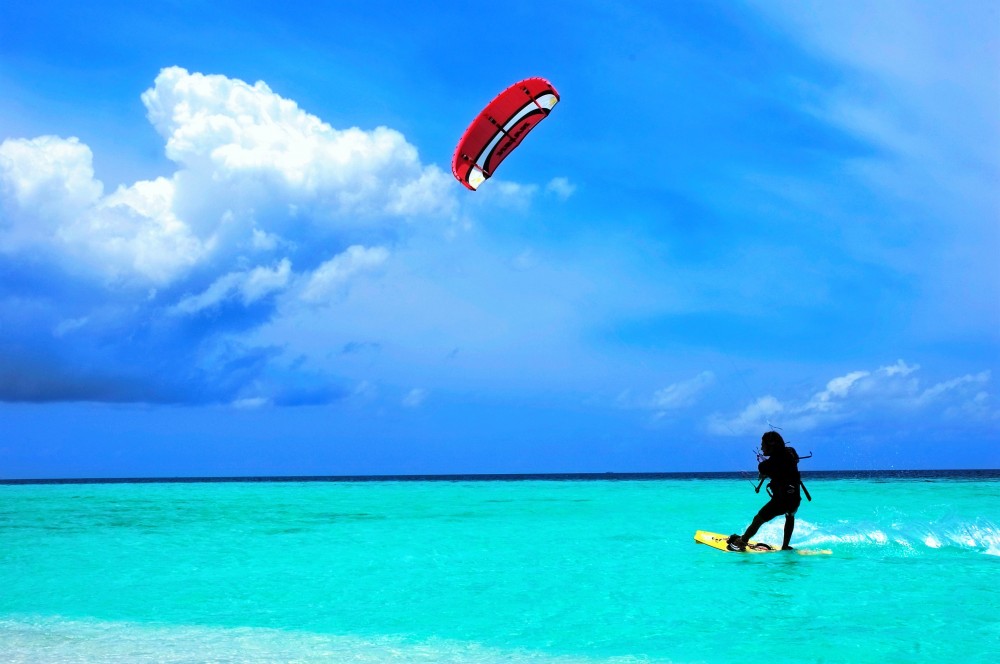Many Merida residents flock to Telchac to take a dip in the emerald green waters of the Gulf of Mexico.
Telchac’s lovely waterfront is always bustling with food and craft vendors, local residents and beach-goers, and the waters just off the coast are calm, clean and good for swimming.
Also check out Progreso, a popular cruise ship destination, and the city is famous for its pier which extends an impressive four miles into the Gulf of Mexico. Cruise ship passengers arriving in Progreso are often bused the length of the pier before embarking on excursions, many heading inland to visit the city of Merida or tour the Mayan ruins at Xcambo, Uxmal and Chichén Itza.
Grab a seat at one of the many palapas (thatched-roof restaurants) that extend the length of the beachfront. Progreso is an excellent spot to sample some of Yucatan’s distinct regional cuisine.
Telchac’s seafood dishes are popular and include sopa de mariscos (seafood soup), pescado tikin-xic (grouper seasoned with achiote and baked in banana leaves) and chivitas (river snail ceviche).
Stop off at Dzibilchaltun, an ancient Maya administrative and ceremonial center. Dzibilchaltun is located just north of Merida and gets its name, meaning “place of the stone writing,” from the numerous Stella discovered at the site.
The Mayan site of Xcambó. The “x” is pronounced “sh” (shtam-poo and shcam-bow). For many years, nearby villagers used the stones for their fences, homes, and churches. Today, this very large site is actually under reconstruction and renovation.
Back in the days of the ancient Maya, Xcambó was a salt and salted fish distribution center it its day, supplying Chichén Itza, Uxmal and Izamal with this protein source.
Located close to the coast and very near the road from Progreso to Telchac Puerto, it is actually just a stone’s throw and short bike ride from a new modern and exclusive nautical destination in Yucatan, that caters to visually stunning, waterfront-lifestyle enthusiasts: KINUH.
As a matter of fact, you can see KINUH and coastline from the top of Xcambo’s main pyramid. A fine example of the use of the ruin’s stones for the other constructions is the Catholic church that is built right into the archaeological site. This makes for a unique combination of the two eras. May 19 and 20 are the Patron Saint days that are celebrated at this Mayan archaeological site.
The on-site museum has an interesting exhibit on Mayan culture and displays artifacts discovered at Dzibilchaltun including dolls discovered during the excavation of the Templo de las Siete Muñecas (Temple of the Seven Dolls) and artifacts discovered at the bottom of the 40m deep Cenote Xlacah, many of which are believed to have important ritual significance.
You can also enjoy excursions to neighboring coastal towns and villages to spot flamingos and visit small archaeological sites.
Source: http://kinuh.mx/



